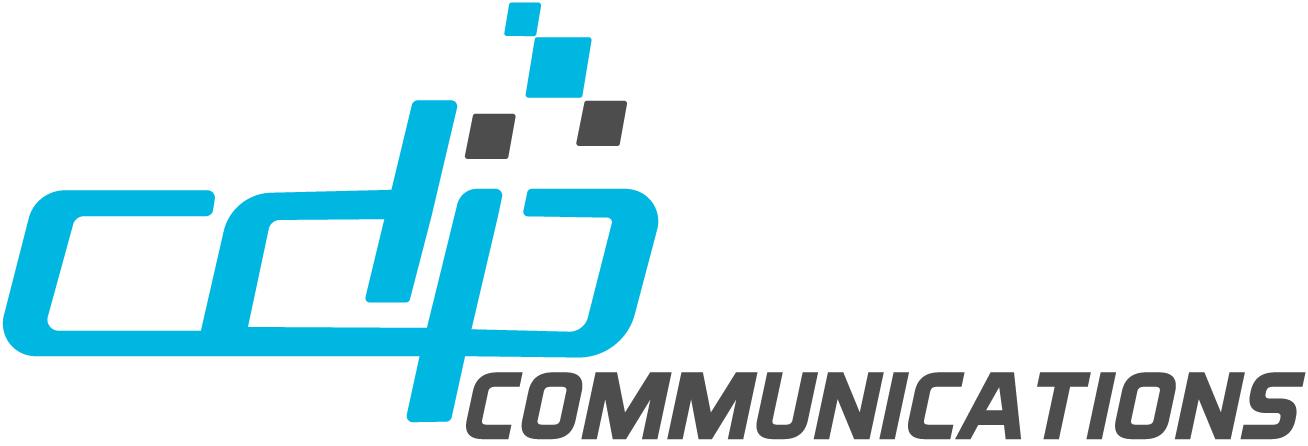Accessibility is a crucial component for strong consideration for PDF documents. Ensuring that your document is compliant with accessibility standards is a legal requirement in many jurisdictions. It ensures that the information you publish and promote can be accessed by everyone, regardless of their abilities. But how do you determine if a document complies with existing accessibility standards? What are the steps you can take to achieve compliance? Let’s have a look together.
Compliance with Standards and Document Accessibility
But before delving into the specific steps, it is important to understand the difference between compliance and accessibility. Why? Because no matter what you’ve heard, there is, in fact, a difference. But the two are complimentary.
Compliance refers to meeting a specific standard. These include the Web Content Accessibility Guidelines (WCAG), PDF/UA, Section 508, or other standards. Whereas, accessibility refers to ensuring that the information is accessible to all, regardless of their abilities. Testing with a screen reader is the best way to validate that you have a good accessible document. A document can pass a compliance checker and still not be accessible! Similarly, it can be accessible and not pass the checker. The compliance rules are designed to help achieve accessibility, by providing guidance and a framework.
Compliance may refer to specific standards. These include AODA, EN 301-549, or Section 508, which all focus on Web Content Accessibility Guidelines (WCAG) 2.0 or 2.1 AA. A good accessible document should have a good user experience. This is ensured by following WCAG guidelines, including info and relationships, meaningful sequence, and appropriate tagging of text elements.
Steps to Check for Accessibility in PDF Documents
Checking for accessibility in PDF documents is a multi-step process. The first step: Ensure that there are no significant barriers, by following accessibility guidelines 1.3.1 and 1.3.2. These guidelines require that the document’s content is perceivable and understandable to all users. Then, the second step is to check if all content is represented on the page in the right order. This means that the document should have a logical reading order. Any information presented in a non-linear manner should be made accessible for assistive technology.
Next, ensure that all images and figures contain alternative text. Alt text describes the content presented in the image and is read by screen readers. If the image is decorative, and immaterial to the content or context, mark it as decorative, or ‘artifact it’.
After that, it is important to check if the text on graphics has enough contrast and if headings and other coloured elements meet minimum colour contrast. It is best to start with a compliant colour scheme from the beginning.
The technical structure should also be checked. This includes making sure lists and tables are not split apart, and have expected functionality. It is also important to check for repeated tags in sequence in the tag tree. Broken paragraphs across pages can affect the user experience as it stops abruptly. Tables with spanning columns or rows can create a bad user experience.
Acronyms may need to be spelled out for screen reader users, according to some standards. Multiple ways to navigate through a document are recommended for accessibility, such as heading structure, TOC, bookmarks, etc.
Automated and Manual Checks
Automated and manual checks are important for accessibility. One particular automated tool that many use is the trusty PAC 2024 Checker. It can help identify potential issues. However, these tools may present false positives or negatives. Manual checks are also important to ensure that the document is accessible. Why? They can identify issues that automated tools may miss. See how your document reads in a hands-on fashion using assistive technology like JAWS or NVDA.
Providing a Passing Report
Providing a passing report can reassure clients that the document is accessible. This report puts forth that the document has been checked for accessibility and has passed all the required standards.
Ensuring that your document is compliant with accessibility standards is important. Not only for legal compliance but to ensure that your document is accessible to everyone. Following the steps can help you achieve compliance. But as important, to create accessible documents that provide a good user experience for all users. And above all else, that’s the goal: a GREAT user experience.
Looking to see what the current state of your digital documents is? Need help getting into compliance? Want to ensure a user experience that delights your audience, secures new customers and retains current ones? Contact us today!




